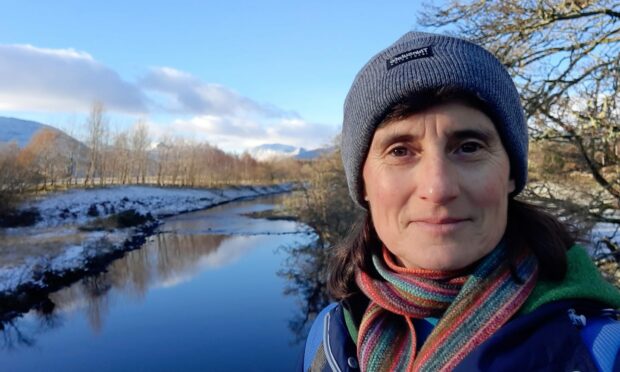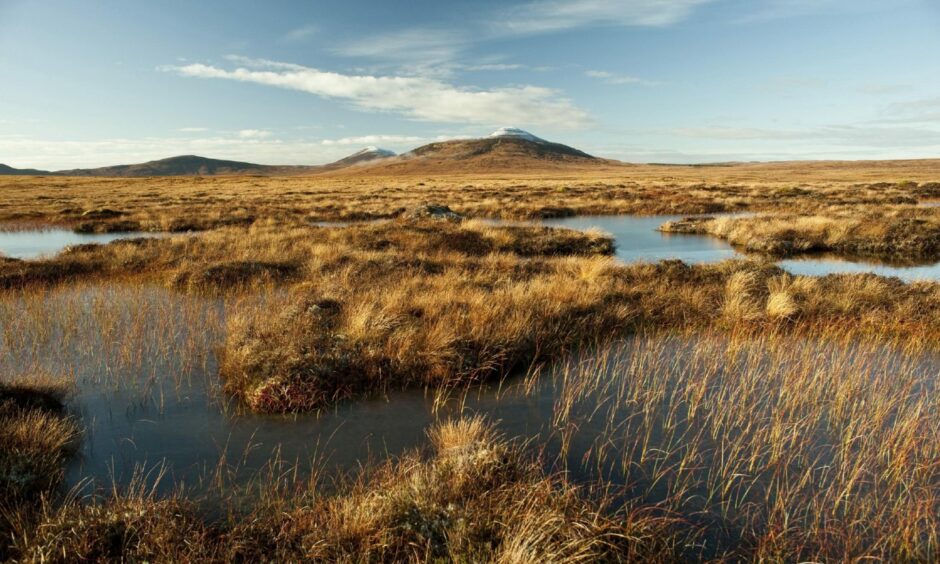“The biggest sinners should pay the biggest penance.”
Those were the words of one councillor who today threw his support behind plans for a carbon land tax.
Councillor Andrew Mackintosh was one of several councillors backing a motion from the Green members of Highland Council.
The motion, led by councillor Kate Willis, asked the council to agree with the principles of a Carbon Emissions Land Tax (CELT). CELT is new legislation being proposed by environment NGOs.
Supporters say it’s a powerful function of land reform. However, the council said the matter needed further consideration before they could throw their weight behind it.
Landowner tax ‘a powerful tool’
Ms Willis’ motion highlighted that far from being a carbon sink, Scotland’s land is actually a net polluter. Much of this, she said, is down to land management practices.
Her motion said the CELT would be “a powerful tool to accelerate changes in land management practices and encourage practices that maximise natural carbon capture, by enabling Councils to tax large landowners based on their estimated positive or negative land carbon emissions.”
Ms Willis wanted the council to support the principles behind the tax, and sign up to a CELT coalition group.
However, climate chairman Karl Rosie said the motion had sparked concern from community land owners.
He said the unintended consequence of rushing into the tax was that it could impact small community groups who are trying to make a positive contribution locally.
“I am very supportive of the need and intentions for land reform in Scotland,” said Mr Rosie. “I do generally support the CELT proposals. However, there are concerns about the proposals being expressed by community groups that have an interest in community land ownership.”
Mr Rosie suggested further debate at the next climate change committee, adding: “I feel it is important to now enable a better understanding, discussion, debate and agreement.”
Should community groups pay carbon land tax?
Most members agreed this was a pragmatic approach.
However, councillor Andrew Mackintosh said the motion simply asked council to agree the principle of the tax. “The biggest sinners should pay the biggest penance,” he said. He added: “Just because land is community-owned doesn’t get you out of paying any other taxes.”
When the dilemma was put to the vote, 18 members supported the motion and 42 voted to defer it to the climate change committee. Four members abstained.
There was some concern that the council couldn’t afford to delay a decision, as they needed to contribute to the wider consultation process.
However, chief executive Kate Lackie said her officers would do their best to prepare a report for the next climate change meeting, on 16 March.


Conversation